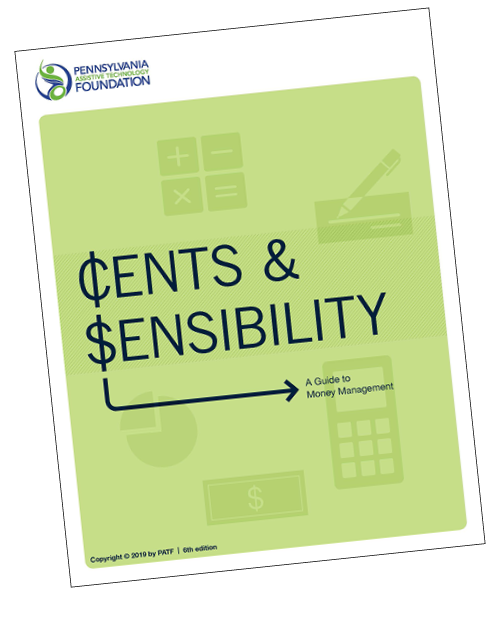In the past, you may have planned to save money at the end of the month. But, in reality, you may not have had much left over. You may have spent it on all of your need expenses and on some of your want expenses.
You can change that. Rather than saving money only if you have any left over, you can put some aside—no matter how small the amount—into savings right at the beginning of the month. This is called paying yourself first.
Save $5, $10, or $20 a month, whatever amount you decide. Ideally, aim to save 10% of your income. For example, if your income every month is $800, 10% would be $80. The most important thing is to start saving now and make it a lifetime habit.
In this topic you will:

At the end of this topic, you will have the opportunity to see what you have learned and think about how you plan to use your new knowledge. Complete the quiz on the Let’s Review page to earn your Savings, Benefits, and Working Badge.

This topic corresponds with Chapter 4: My Lifelong Saving Commitment in the book Cents and Sensibility: A Guide to Money Management. Learn more about Cents and Sensibility.